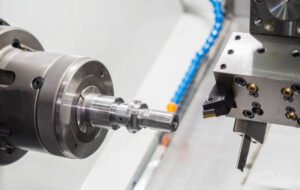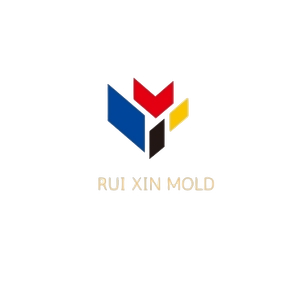Catalog
Tags
How to Combat Chip Thinning in CNC Machining

TL;DR: Chip thinning occurs in CNC machining when the radial depth of cut is too small, reducing tool life and efficiency. To combat it, increase radial engagement, use high-feed tools, optimize feed rates, and select appropriate tool geometries.
How Chip Thinning Works & Why It Matters
Chip thinning happens when the radial depth of cut (RDOC) is less than half the tool diameter, causing inefficient chip formation. This leads to:
- Premature tool wear
- Poor surface finish
- Reduced material removal rates
The solution lies in adjusting cutting parameters to maintain proper chip load and tool engagement.
Methods to Reduce Chip Thinning (Table)
| Method | Description | Best For |
| Increase RDOC | Use ≥50% tool diameter engagement | Roughing operations |
| High-feed milling | Specialized tools with shallow RDOC | Finishing thin walls |
| Trochoidal milling | Circular tool paths with constant engagement | Hard materials |
| Variable helix tools | Uneven flute spacing reduces vibration | Aluminum & steels |
Advantages of Proper Chip Control
- 30-50% longer tool life from even wear distribution
- Higher feed rates possible without compromising quality
- Better surface finishes (Ra 0.4-1.6μm achievable)
- Energy savings through optimized cutting forces
Real-World Success: Boeing’s Approach
Aerospace manufacturer Boeing reduced chip thinning issues in titanium parts by:
- Implementing trochoidal milling paths
- Using variable-pitch end mills
- Increasing RDOC from 20% to 35%
Result: 22% faster cycle times and 40% longer tool life across 787 Dreamliner components.
FAQ: Chip Thinning Solutions
- Q: Can chip thinning be completely eliminated?
A: No, but its effects can be minimized through parameter optimization. - Q: Does this apply to all materials?
A: Most metals exhibit chip thinning, with aluminum and stainless steel being most sensitive. - Q: How do I calculate proper feed rates?
A: Use the formula: Adjusted Feed = (Tool Diameter / (2 × RDOC)) × Base Feed Rate
Ready to Optimize Your Machining?
Download our free CNC Parameter Calculator or schedule a tooling consultation with our engineers to analyze your specific chip thinning challenges.
Key Takeaway: Combating chip thinning requires a combination of proper tool selection, strategic path planning, and calculated parameter adjustments. Implementing these methods can significantly improve machining efficiency across aerospace, medical, and automotive applications.
🏁 Conclusion: Combining Precision for Perfect Results
At Ruixin Mold, we don’t just perform machining—we optimize it. By combining turning, milling, and drilling in a single workflow, we ensure your parts are produced with maximum precision, consistency, and efficiency.
Whether you’re building custom mold components, automotive parts, or high-tolerance assemblies, we deliver reliable CNC machining solutions — from prototype to production.
📩 Ready to Start Your Project?
Partner with Ruixin Mold for expert CNC machining services from China.
👉 Visit www.dgruixinmold.com or contact us for a free quote today.
Need Precision CNC Machining for Your Mold Components?
We specialize in custom CNC machining of mold inserts, slide cores, ejector plates, mold bases, and lifters
all made to your exact drawings and specifications.
👉 Let’s Build Your Next Project Together!
Tell us your needs and upload your drawings — we’ll get back within 24 hours.
